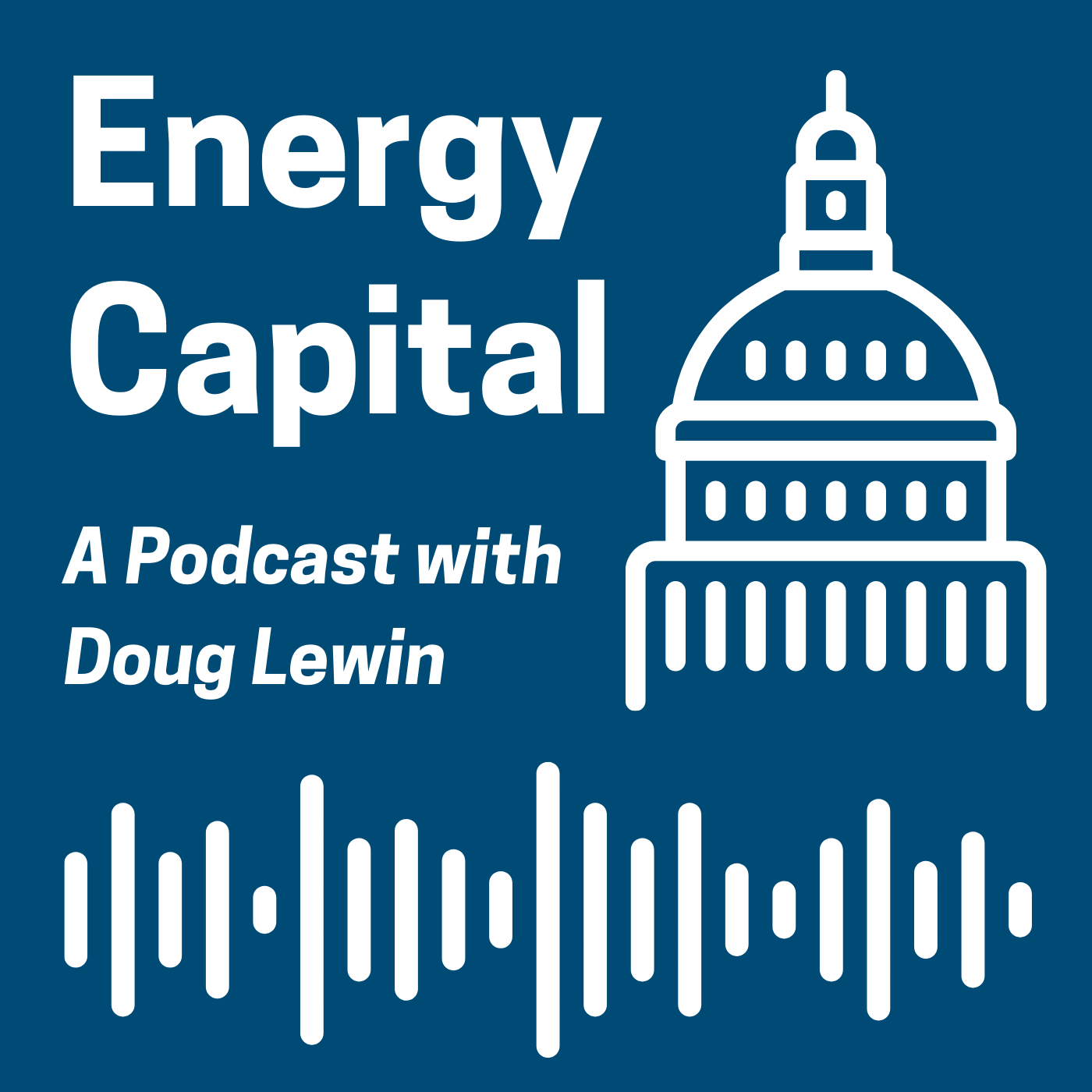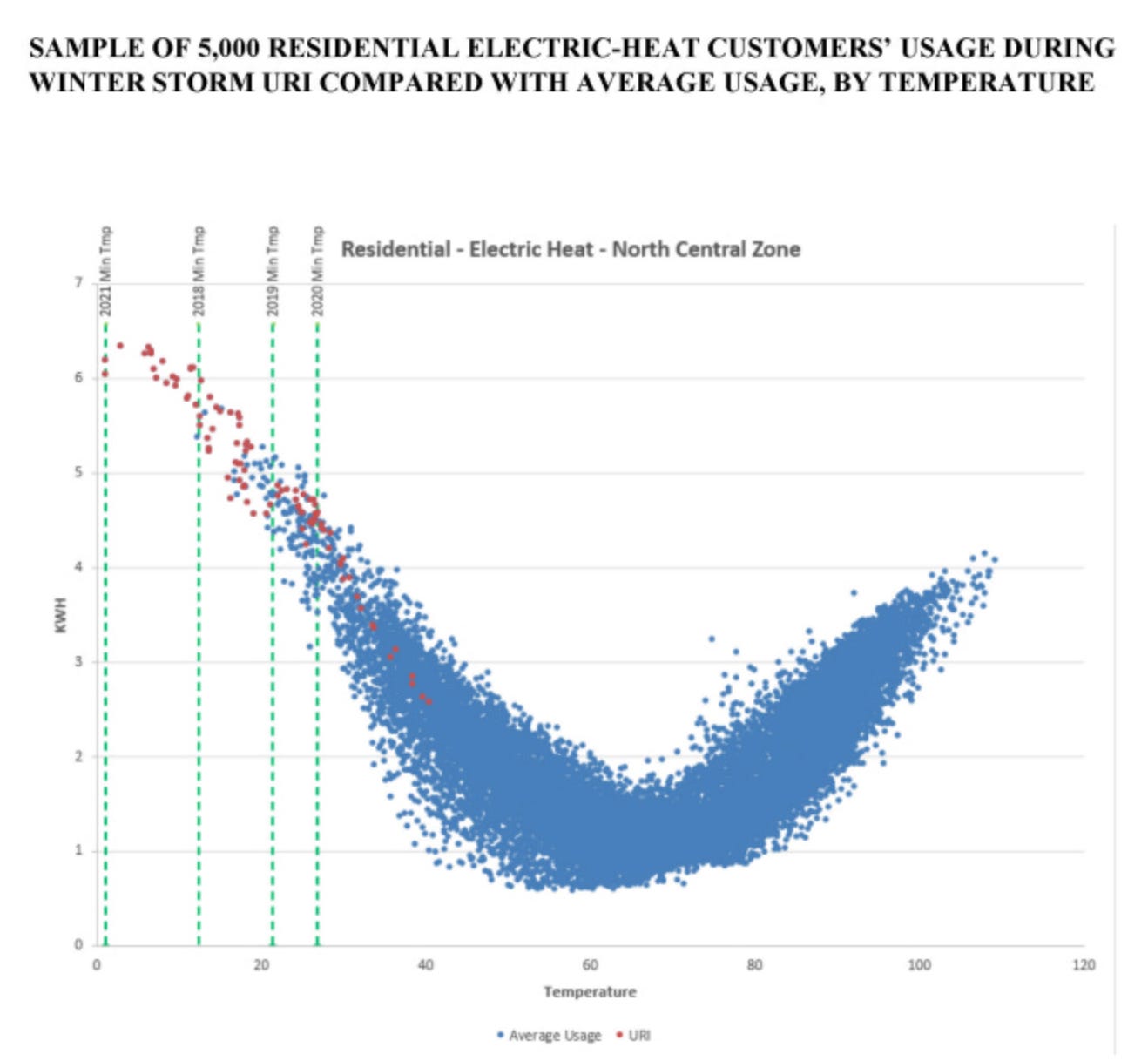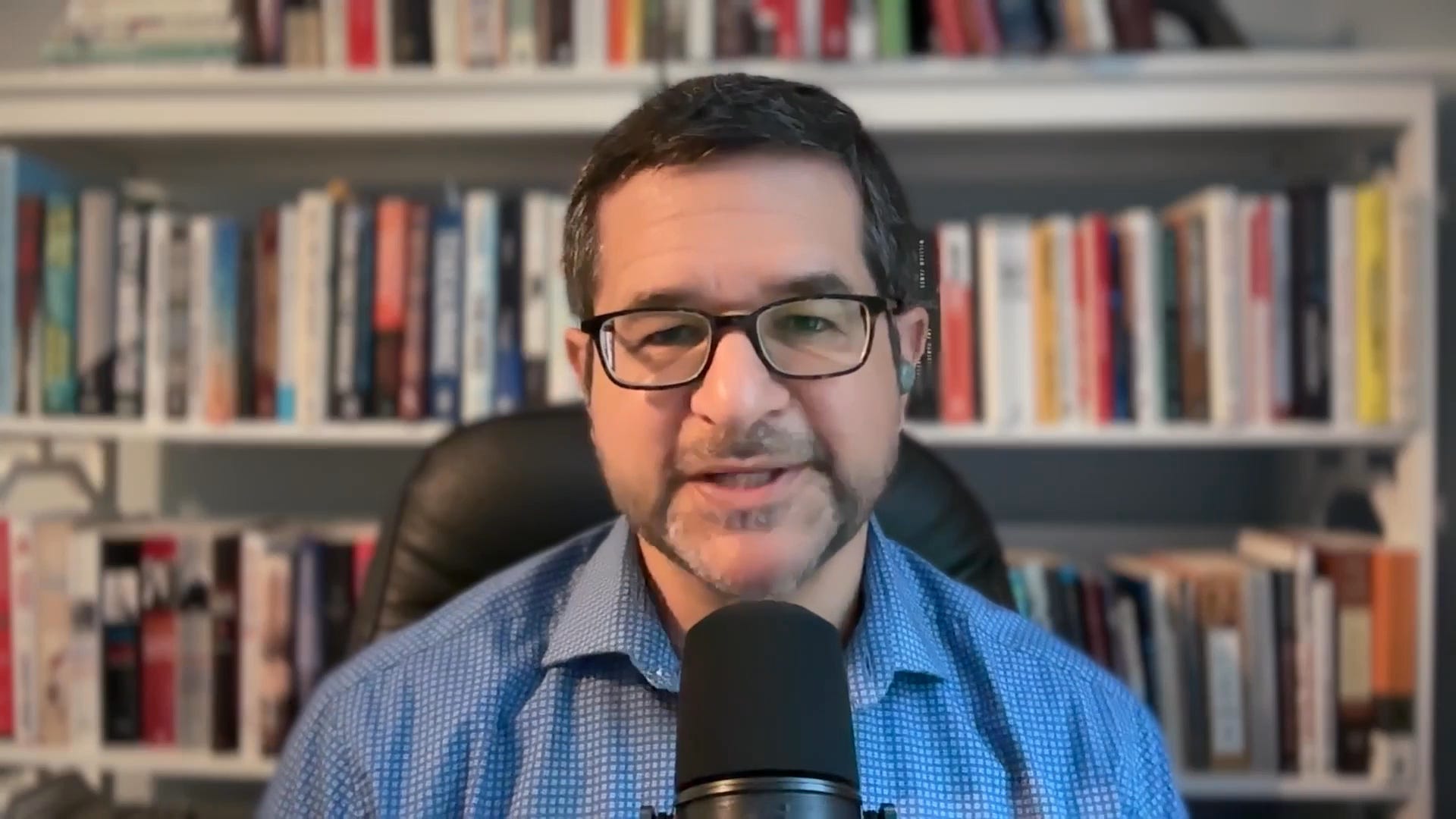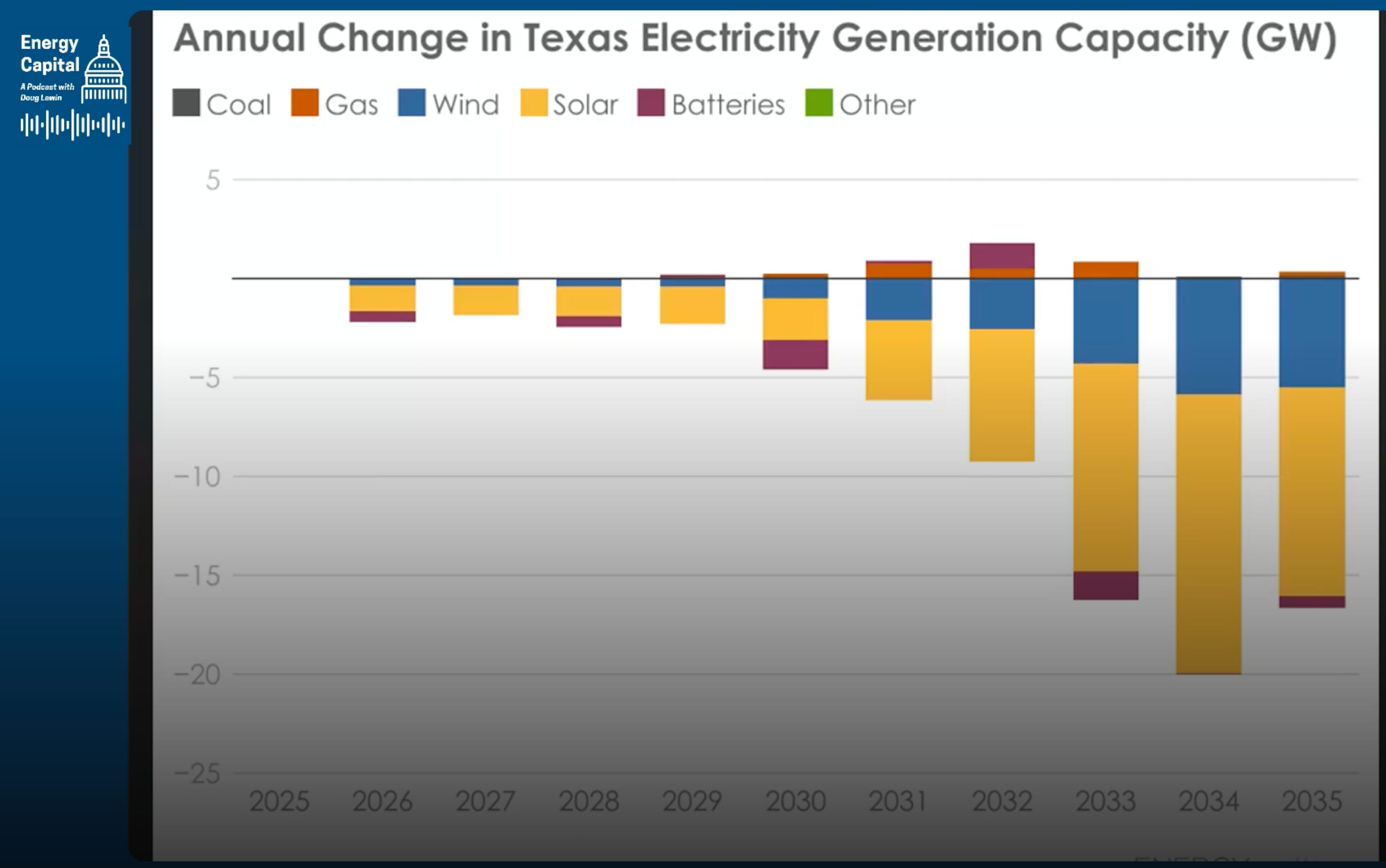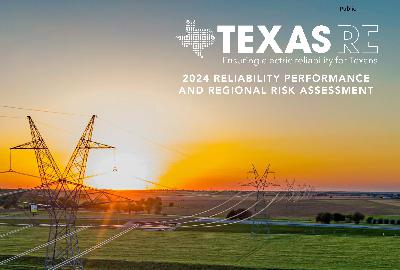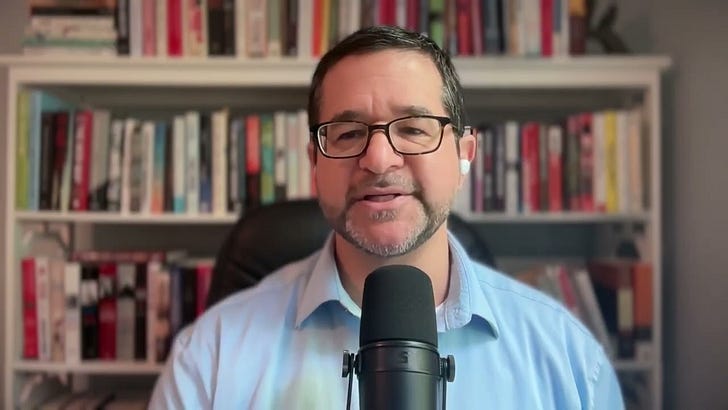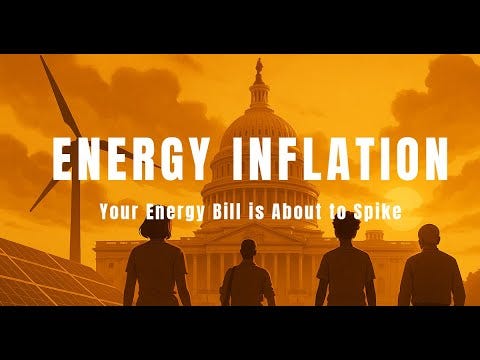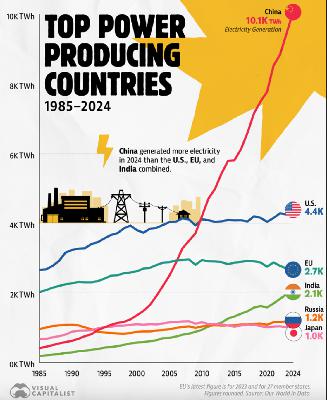21st Century Fire: What Recent Wildfires Tell Us About Our Future
Description
In May 2016, a wildfire ripped through Fort McMurray, the heart of Canada’s tar sands and bitumen mining region, with a speed and intensity unlike anything firefighters had seen before. It created its own weather. And it triggered the largest evacuation in Canadian history, which had to happen within mere hours.
But this fire wasn’t just a freak event. It was a warning of more to come. Since then, Texas experienced its biggest wildfire ever — the Smokehouse Creek Fire — in 2024.
On the latest episode of the Energy Capital Podcast, I talked with John Vaillant, author of Fire Weather: On the Front Lines of a Burning World, to unpack what happened in Fort McMurray and why it matters more than ever today.
A City Built for Oil, Burning on Oil
Fort McMurray exists to extract bitumen — a heavy, tar-like form of oil that’s mined, not drilled. The scale is staggering. It’s one of the largest fossil fuel reserves on Earth, and the city’s infrastructure, economy, and identity are built around it.
John explains how the very thing that built Fort McMurray also made it vulnerable. Warming temperatures. Drier forests. Flammable building materials. More people living in high-risk zones. A city that was a tinderbox.
Why This Story Hits Close to Home
Texas is no stranger to extreme heat and fast-moving fire.
The Fort McMurray fire was one of the first modern wildfires to force a major oil-producing region to confront the new physics of our climate.
But it wasn’t the last.
In the episode, we talk about:
* The almost unimaginable intensity of modern wildfires
* the Lucretius Problem: the worst or biggest hurricane, flood, fire, etc. is not the worst or biggest possible
* parallels between Fort McMurray and Texas suburbs near the WUI (wildland-urban interface)
* Why we need to rethink infrastructure, building codes, and land use to have a chance at resilience in the face of extreme fire weather
This is one of the most powerful stories we’ve featured — and one of the most important.
Thanks for checking it out
This work would not be possible without your support. This episode of the Energy Capital Podcast is free, but paid subscribers get access to select episodes, including this one on the future of advanced nuclear reactors with Matt Loszak, as well as Grid Roundups, the full archives, special presentations, Reading and Podcast Picks, and more. If you’re not yet a paid subscriber, please become one today.
The Texas Energy and Power Newsletter is a reader-supported publication. To receive new posts and support my work, consider becoming a paid subscriber.
Timestamps
* 00:00 – Introduction
* 02:00 – The Fort McMurray Fire
* 04:00 – Fort McMurray’s economy is based solely on a fossil fuel: bitumen
* 07:00 – The context of the Fort McMurray fire
* 10:00 – The physics of modern fires: radiant heat of 900 degrees
* 13:00 – The toll on firefighters
* 14:30 – The megawatt equivalent of a wildfire: “this now is what fire is capable of”
* 16:30 – Fires now create their own weather: pryocumulonimbus clouds
* 19:00 – The Lucretius Problem and discontinuity
* 22:30 – The connection between monster firestorms and floods and other extreme weather events
* 26:00 – Similarities between Texas and Alberta
* 27:30 – The Texas legislative session and flood response, adaptation
* 29:00 – Examples of effective adaptation: “defensible space”
* 32:00 – Texas wildlife risk and Wildland Urban Interface (WUI)
* 37:00 – Greenhouse gas levels are higher by far than at any time in human history
* 40:00 – The American Petroleum Institute’s policy reversal
* 44:30 – Opportunities for business and industry from reducing emissions
* 46:00 – Who’s leading the race for the future of energy?
* 49:00 – Could Texas lead the way?
* 51:00 – Final Thoughts & A Path Forward
Resources
* Fire Weather: A True Story from a Hotter World by John Vaillant
* The Fires Sweeping Across Texas Offer a Terrifying Warning, New York Times Op-ed by John Vaillant
* CBC documentary: Fort Mac Fire: Rogue Earth
* The Fire Age by Stephen Pyne
* Ladies and Gentlemen, the Northeast Is Burning, New York Times Op-ed by John Vaillant
* The Fires Sweeping Across Texas Offer a Terrifying Warning, NYT Op-ed by John Vaillant
* Mark Carney should understand better than anyone why Canada is burning. Here’s how he can change course, The Star Op-ed by John Vaillant
* Steiner Ranch neighborhood gets second emergency evacuation route | FOX 7 Austin
* Texas Wildfire Risk Assessment Portal
* California Burning by Katherine Blunt
Transcript
Doug Lewin (00:04 .984):
Welcome to the Energy Capital Podcast. I'm your host, Doug Lewin. My guest this week was John Vaillant. John wrote a book that really struck me, and as soon as I read it, I knew I was going to invite him to be a guest on the Energy Capital Podcast. It's called Fire Weather: On the Frontlines of a Burning World, and I cannot recommend this book highly enough. It was an absolutely fantastic read. It was the story of a fire that went through Fort McMurray, which is a town that exists for bitumen mining sort of a type of oil, but it's not really drilled. It's mined. We get into that in the conversation, but this fire was absolutely horrific. One of the worst that humankind has ever seen. We are dealing with fire weather in Texas in 2024. The Smokehouse Creek fire was the worst fire that ever happened there. And John brings a whole lot of insights. He was a Pulitzer Prize finalist, National Book Award finalist for this book.
It took seven years to write it, to detail everything about it. Just incredible book. Again, highly recommended. But what really was the takeaway for me from this book was the Lucretius problem, which we talk about in the interview. So I won't talk about it now, but listen to the podcast. And I think you'll also find that that is a really useful construct to think about what's happening in our world in 2025 as we get the worst flood we've ever seen, the worst fire we've ever seen, the worst hurricane we've ever seen, so on and so forth.
The Lucretius problem is a really valuable frame for this. I really enjoyed this discussion with John. Hope you do too. As always, please do spread the news of this podcast to friends, family, colleagues. Let people know about the Energy Capital Podcast, Texas Energy and Power newsletter. Word of mouth is very important and we really do appreciate those five-star reviews wherever you listen to your podcasts. And with that, here's the podcast recording with John Vaillant.
John Vaillant, welcome to the Energy Capital Podcast.
John Vaillant (01:57 .4):
Doug, so good to be with you. I'm glad we finally got it organized.
Doug Lewin (02:01 .838):
Yes, sir. I've been trying to make it happen for a while. Because as soon as I read this book, I knew I needed to talk to you for the podcast. I'm talking about Fire Weather: On the Frontlines of a Burning World, a book you released last year, and John, just blown away by

